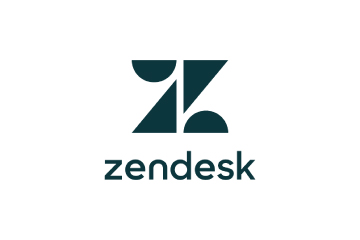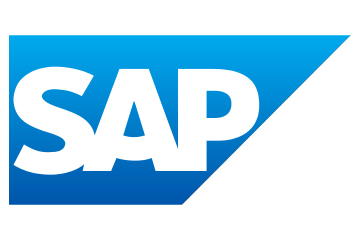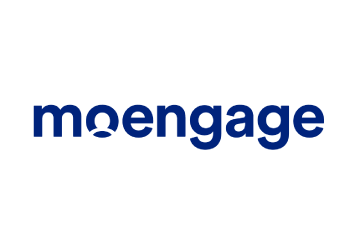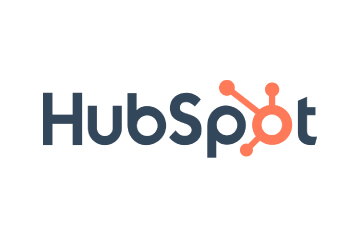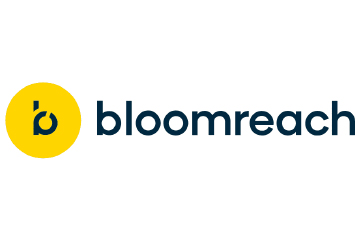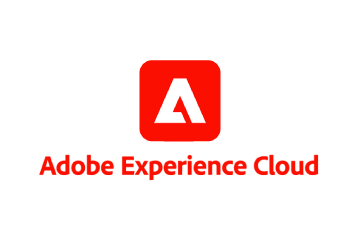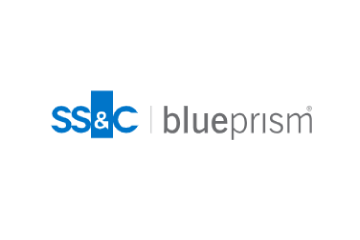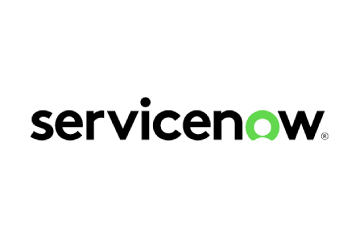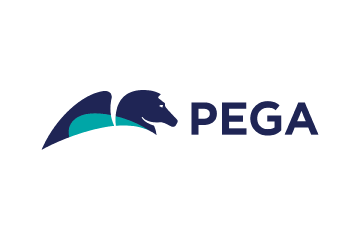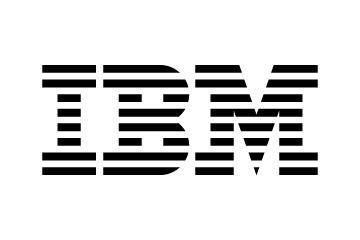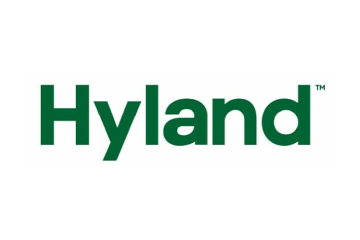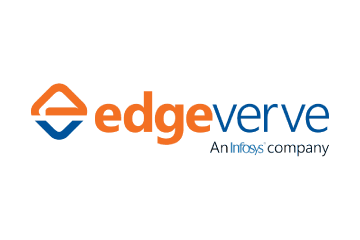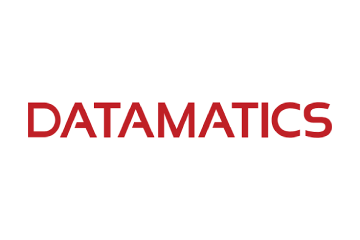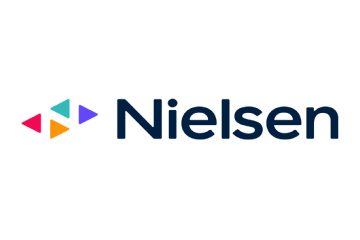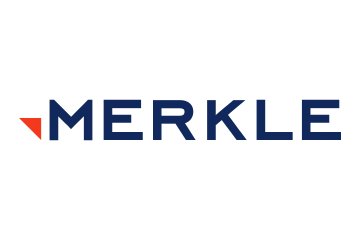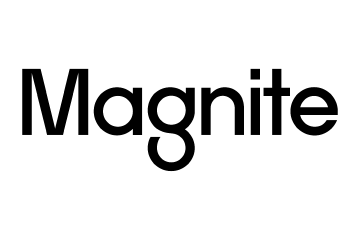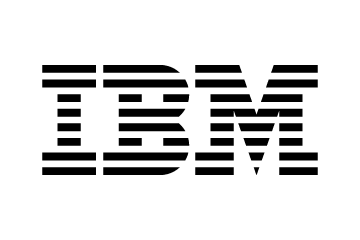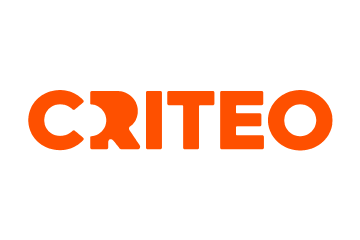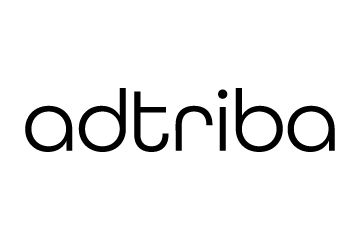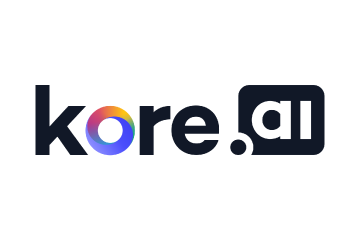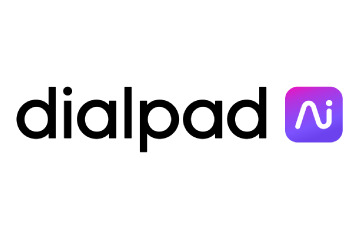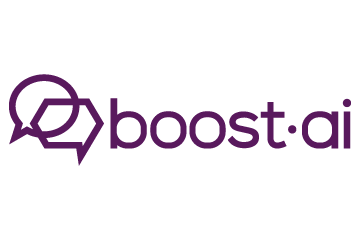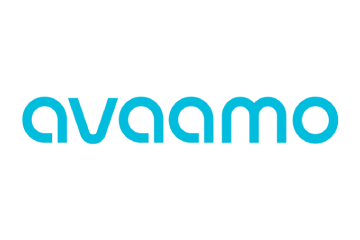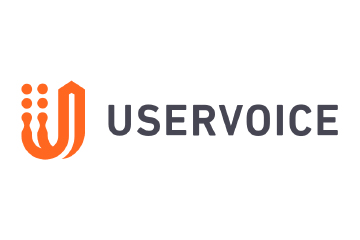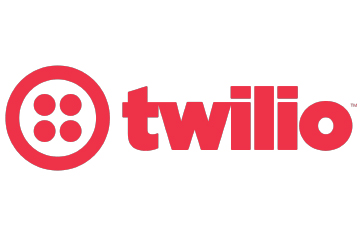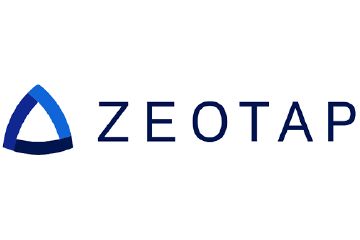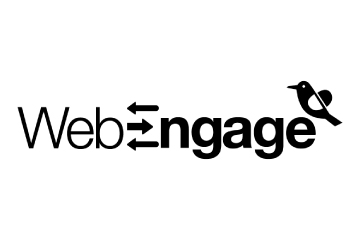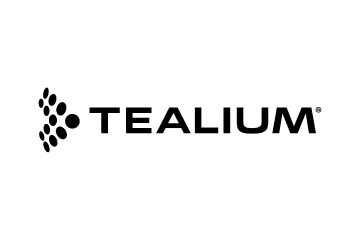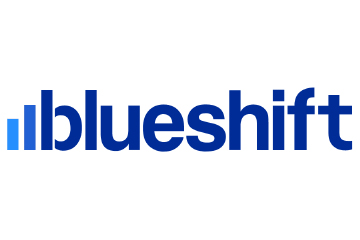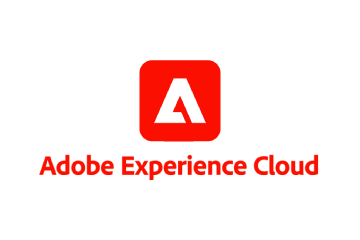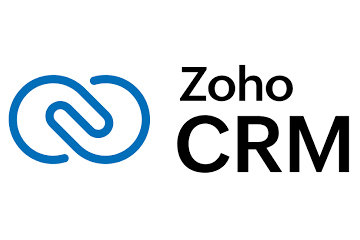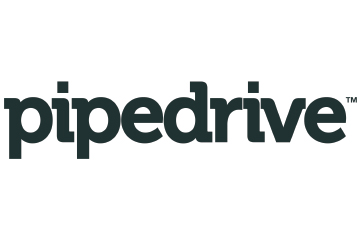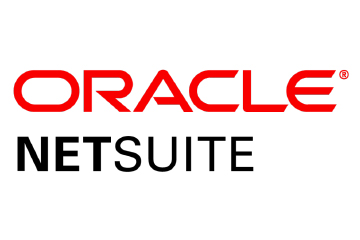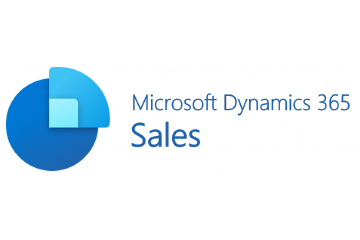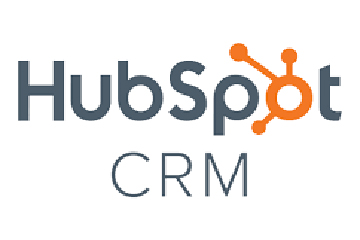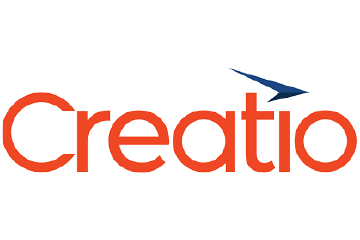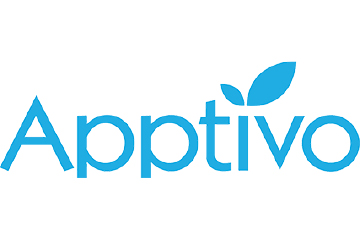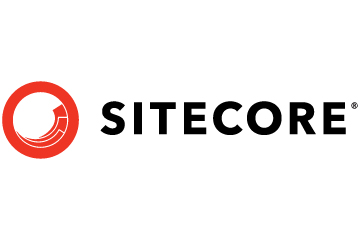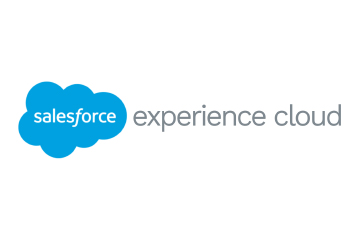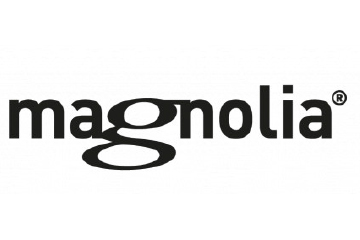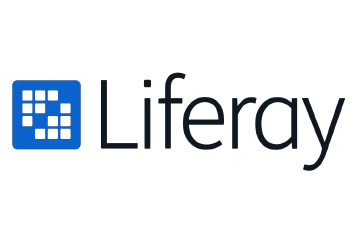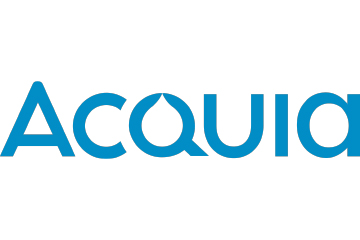How Marketers Can Optimise Their CTV Ad Campaigns
As this new CTV paradigm takes hold, some advantages emerge. Traditional cable operators can only track the number of views and viewer location, which is not the richest set of insights in today’s consumer markets, where individualisation is a must-have. OTT platforms perform much better in gathering data in terms of both quantity and quality.
Topics
What to Read Next
- WunderKIND Ads, Yahoo DSP Expand Access to High-Intent CTV Moments
- Profound Launches Workflows to Scale Human-Grade AI Marketing
- Pinterest to Acquire tvScientific, Expanding Performance Advertising to CTV
- Nexxen Introduces Measurement and Optimisation to Nexxen Health
- Mundial Media Unveils Cadmus AI 3.0 for Contextual Advertising

The consumption of digital services and content is on the rise. The UAE’s video-on-demand market alone is expected to surpass a value of $162 million this year, with user penetration on the rise from a current 18% to 22% by 2027.
AppsFlyer’s Connected TV Trends 2022-23 report illustrates the opportunities arising from the Connected TV (CTV) space. It shows that 64% of businesses are running direct-response CTV campaigns, and 98% of them believe CTV will eventually overtake mobile as an advertising channel, with a quarter predicting this will happen within three years. It is easy to see the attraction of CTV advertising—the opportunity to reach new customers, the prospect of higher engagement levels, and the potential of higher lifetime value.
For some time, we have seen consumers cite cost as the top reason for cancelling their streaming service, with the AppsFlyer report showing that just 14% of consumers are willing to pay for ad-free CTV, regardless of the amount of ads or the cost. As many marketing practitioners will be aware, Netflix last year introduced its ad-supported subscription option in a number of countries. If this is true, we can expect subsequent market replication in line with the YouTube model.
CTV benefits streaming in
As this new CTV paradigm takes hold, some advantages emerge. Traditional cable operators can only track the number of views and viewer location, which is not the richest set of insights in today’s consumer markets, where individualisation is a must-have. OTT platforms perform much better in gathering data in terms of both quantity and quality. They know much more than just what people are watching; they know how they are watching it and when they disengage from content and why. They can also compose reports on cross-regional viewing trends that can be immensely useful to marketers.
These technical benefits lead to the business advantages mentioned previously—new audiences, enhanced engagement, and higher lifetime value. Unsurprisingly, data drives the transformation story. Rich metrics gleaned through OTT and CTV platforms remove the guesswork from viewing analyses and put paid to the leaps of faith associated with campaigns of old. Today’s streaming services can accommodate niches that account for episode content, short-form content such as news reports, live streaming, and VoD.
The hundred-million-dollar UAE VoD market is but a sliver of a hundred-billion-dollar global ecosystem. The global OTT video advertising market is set to top $180 billion in 2022, with viewers of all ages becoming viable audiences for corporate messaging. This presents new opportunities for marketing professionals to enhance the effectiveness of campaigns because CTV ads have been shown to produce much higher viewing completion than other forms of communication. With the ability to fine-tune both the message and the audience through insights from rich data sets, campaign runners can be more strategic with their ads, placing them across top-tier networks and popular content and even re-engaging their OTT and CTV viewers across the various devices they use.
Measure twice…
And all the while, marketers can continue gathering the data that makes them smarter—signups, instals, sessions, ad views, subscriptions, device type — while also being able to measure the following four metrics that go hand in hand with CTV campaigns.
Brand reach
Amid a fragmented video-consumption landscape, marketers need to be able to reach the right audiences at scale to realise their growth goals. By tracking brand reach, they can get to grips with the extent to which OTT ad campaigns reach relevant audiences. Along with reach goes frequency and the gross-rating points (GRPs) of OTT ad campaigns.
Brand lift
OTT ads can drive brand awareness across different audiences. Marketers must measure the perception change directly related to their campaigns, including awareness, favourability, and purchase intent. All these data points will lead to a better understanding of how messaging approaches directly led to a better position for the brand within the market.
Offline lift
Marketing teams must look at all their customer touchpoints. They must be able to associate campaigns with customer activity in brick-and-mortar stores to the point where they can attribute a single store visit directly to a messaging strategy.
Online visits
Businesses must know how their advertising affects visits to all their digital presence points. If they sell on Amazon, they must know, as with brick-and-mortar visits, if a particular campaign drove a particular customer to that site. This will allow them to discern activity at a scale that resulted from a CTV campaign. Page views and page view rates allow measurement of this, as do comparisons of product-detail page views before and after (for example) an Amazon Streaming TV ad campaign.
The future of reach and impact
CTV and OTT represent the future of big-screen advertising. Through these channels, marketers get the best of both worlds—the reach and impact of TV and the transparency and data-rich insights of digital marketing. While CTV measurement remains fragmented—reminiscent of the mobile-attribution arena, circa 2010—its extraordinary growth in the region is bound to inspire technical innovation sooner rather than later.
The opportunities this presents for brand building are rich indeed. Mobile measurement partners (MMPs) can already provide cross-device measurement and are likely to unify offerings as the CTV market grows. For now, the natural synergy between OTT and mobile apps offers marketers nearly boundless opportunities to start testing their OTT campaigns. Advertisers must embrace the change that is already here and accelerating. They should partner with trusted solutions providers that can help them navigate these largely uncharted waters with confidence and scale.
If you liked reading this, you might like our other stories
What Marketers Can Learn From the Auto Industry CX Roadmap
What Are Lookalike Audiences and How Can They Hike Your Sales?







